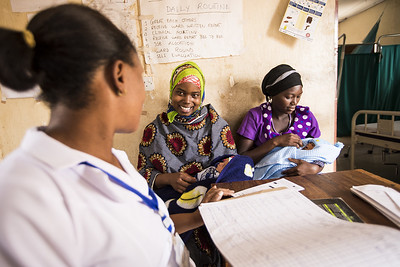


Promoting Data & Evidence Use
Learn about the GFF’s approach to data use, including its learning package that provides concrete guidance, tools and other resources to promote strategic engagement in data and evidence use for decision-making in RMNCAH-N policy and programming.

Improving data quality: Lessons from Cote d’Ivoire
Speaker: Ambroise Kobenan, Liaison Officer, Global Financing Facility (GFF), Cote d’Ivoire

Counting 2 million stillbirths: seizing missed opportunities for impact and investment
This webinar addresses the often overlooked topic of preventable stillbirth, to support countries to recognize that stillbirths can be defined and counted in routine health information systems, and demonstrate that intrapartum stillbirth (stillbirths that occur during labor) is a sensitive quality of care and health system performance indicator; and will provide a range of strategies […]

Monitoring Continuity of Essential Health Services
This microlearning resource shares how the GFF supports countries to analyze data from existing HMIS and conduct rapid assessments through frequent phone calls to a representative sample of health facilities...
